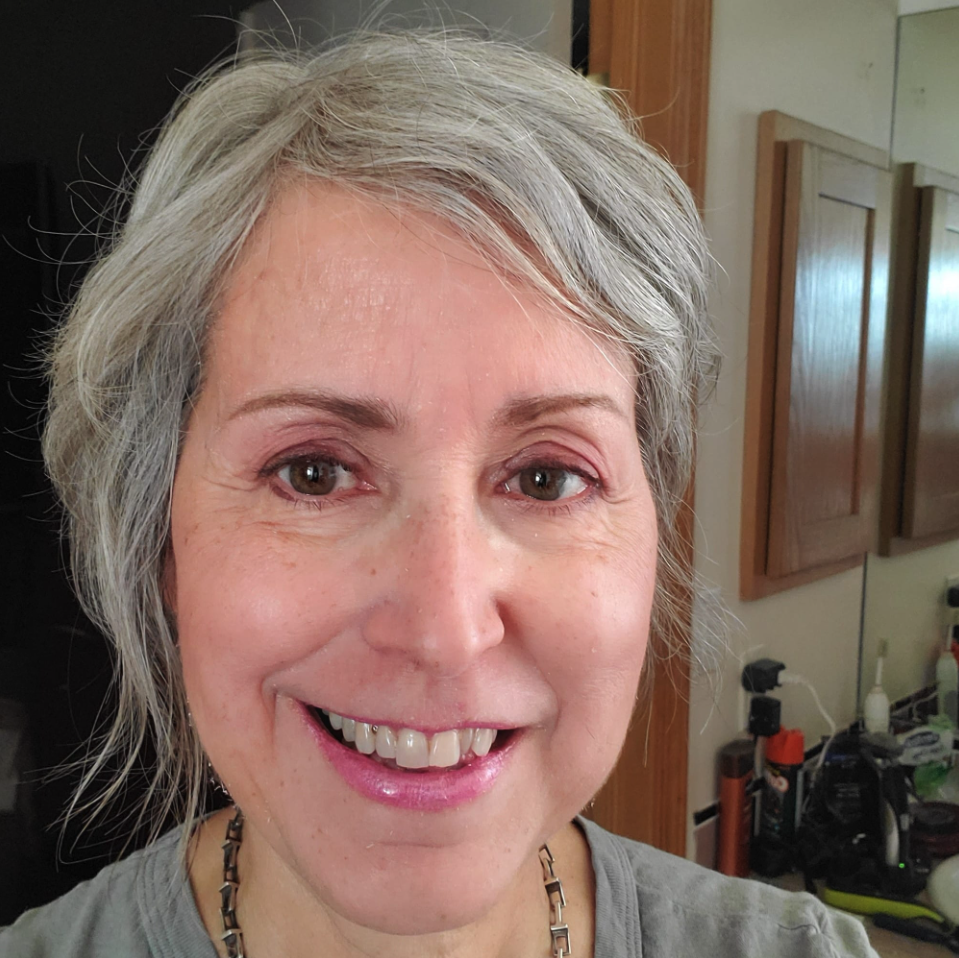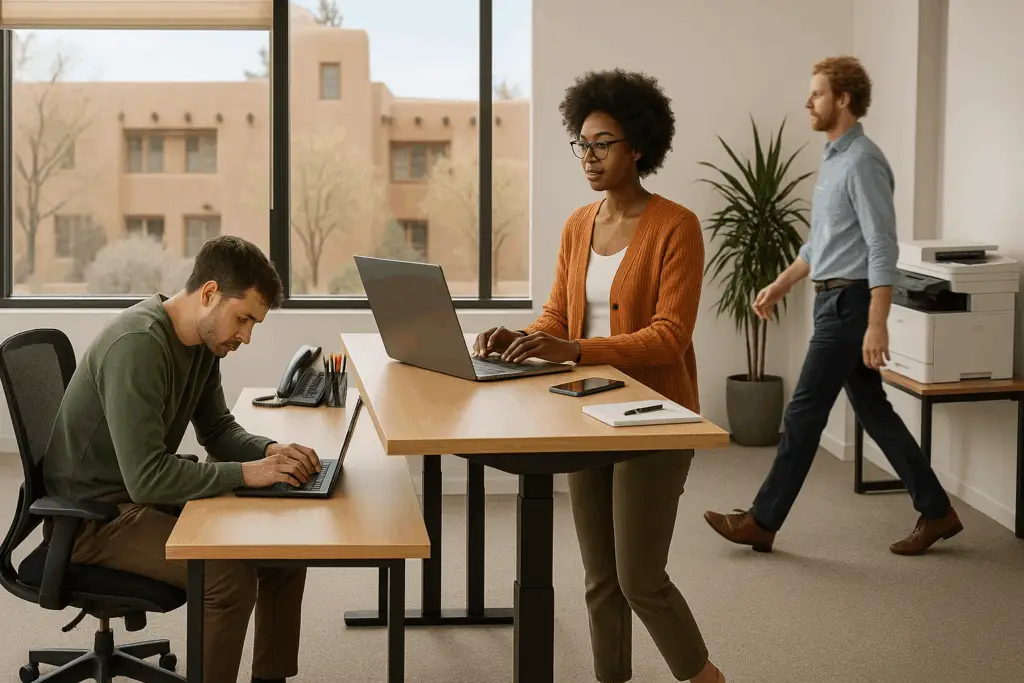
Real Results with SolCore Fitness Rosanna Dill’s Story
There’s a running joke in the midday group exercise class at SolCore Fitness: around 12:32, Rosanna comes screeching in with her workout gear and high heels, grins, and says, “Great, let’s do it!”—no matter the activity. But Rosanna’s story is much more than cheerful energy; it’s about commitment to fixing her upper back and overcoming thoracic kyphosis.
Facing Kyphosis Why Rosanna Started
Rosanna has always problem-solved her way through life—whether as her family’s “handyman” or with at-home workouts. Yet, her own program didn’t touch her real issue: increasing rounding in her upper back, a classic thoracic kyphosis that 90% of adults develop.
Rosanna’s Turning Point
Her main goal became not to be the “hunched back little old woman.” After seeing SolCore Fitness on Facebook, she decided to “stop being a cheap bastard,” and join a group class for expert help. She wanted a targeted solution, and she committed fully to every class and piece of homework.
How SolCore’s Program Changed Everything
Results After Dedicated Effort
- “I have so much more awareness in my body. There’s more freedom in movement, and my tight upper back is slowly going away.”
- The varied and integrated exercises—especially back extensor routines, targeted wall stretches, and upper back strength circuits—slowly, steadily improved her posture and mobility.
- Rosanna worked her tail off, doing the assigned drills and extras, learning the value of consistency for long-term improvement.
Favorite Exercises and Challenges
- “I like all the exercises—how they work together for whole-body progress. The wall stretch even helps me sleep!”
- Her ongoing challenge: continuing to open up her upper back, addressing old postural imbalances and preventing new ones.
Advice for Members and Newcomers
- “Take your time. It’s a process to get results—three months is too soon, and six weeks isn’t enough. Stick with it because it’s totally worth it.”
- For anyone on the fence: “This program is a subtle yet effective practice that realigns your body.”
The Science Behind Kyphosis Correction
Correcting thoracic kyphosis requires a mix of posture training, muscle strengthening (especially back extensors and core), and strategic stretching of the chest and neck. Studies show group classes and personalized routines—like those at SolCore—improve alignment and long-term mobility, decrease rounding, and support healthy aging.
See more client success, posture correction science, and exercise tips:
Success Stories: Real People, Real Results
Find out more @

